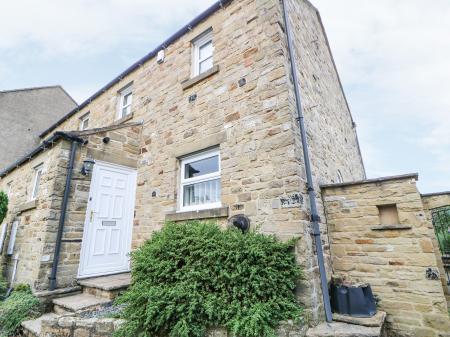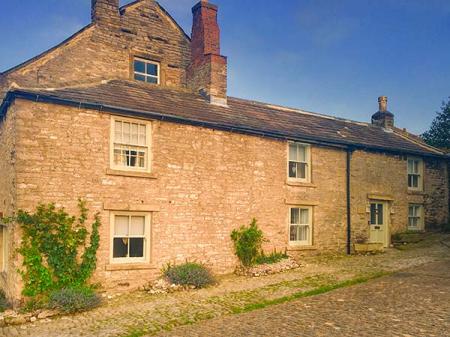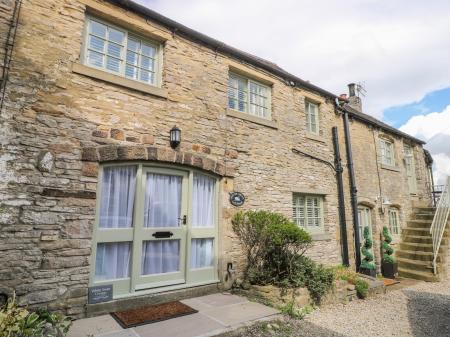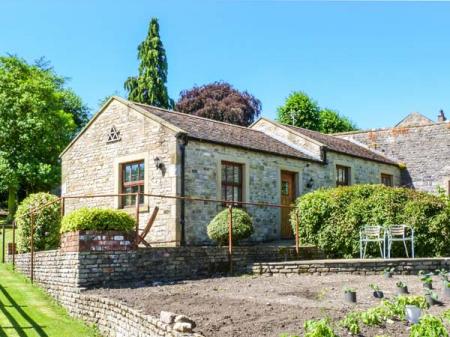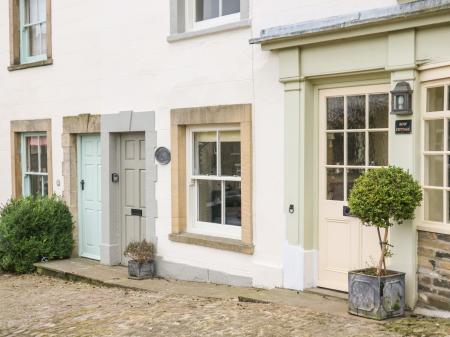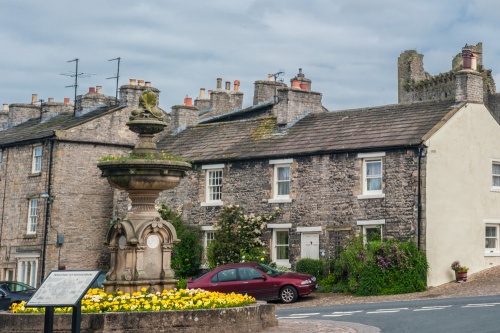
History
The first known settlement here by the River Ure was in the period of Roman occupation. The Romans built a road through Middleham, linking up with the fort at Bainbridge, near Hawes. To protect the place where the road crossed the River Ure they built a small guard station, or fort.
We know that the land around Middleham was owned by an Anglo-Saxon lord named Gilpatrick before the Norman invasion. After William the Conqueror's success at the Battle of Hastings in 1066 he granted lands here to Alan Rufus, one of his cousins. Alan Rufus built a very simple motte and bailey fortification on what is now William's Hill. He later gave the estate to his brother Ribald.
Middleham was mentioned in the Domesday Book of 1086, though the name was spelled 'Medelai'.

Middleham Castle
Alan Rufus' motte and bailey was rebuilt in stone lower down the hill in 1190. The estate passed to the powerful Neville family, the Earls of Westmorland, and for centuries Middleham Castle was one of their most important family seats.
So important did Middleham Castle become that it was known as 'The Windsor of the North'. During the Wars of the Roses, it was held by Richard Neville, the 16th Earl of Warwick, known to history as 'The Kingmaker'.
In 1462 Neville's cousin Richard, Duke of Gloucester came to Middleham. Here he learned the skills of a knight and eventually married Neville's daughter Anne. Both Edward IV and Henry VI were held prisoner at Middleham Castle and Richard later used it as his power base while administering the north of England for his brother Edward.

In 1607 Middleham was an administrative centre for the Forest of Wensleydale and a royal court was held here. In 1628 Charles I sold the royal estates here to the City of London. In 1661 the City sold the manor to Thomas Wood, and the manor has remained in private possession ever since.
Middleham was granted a market charter in 1389, and the right to hold an annual fair. The fair, like the parish church, is dedicated to St Akelda, a murdered Saxon princess. A holy well dedicated to the saint stands nearby.
The church was built in 1291 but the building we see today dates to the 14th and 15th centuries. In the north aisle is a fragment of carved stone in Norman style. There is also an exceptionally tall font cover in perpendicular gothic style.

Middleham has not one, but two market places. The lower market place is the larger, and here you will find a medieval Swine Cross. The upper market place, known as the Swine Market, is focussed on another medieval cross. On the cross head is the worn figure of a wild boar, which gives the cross its name of the Swine Cross. The livestock market is now held in Leyburn, two miles away.
The historic centre of Middleham is blessed with an abundance of medieval buildings, and the rectory incorporates parts of a medieval structure.
The economy centres around horse racing, and you can usually see racehorses grazing in the nearby fields.

Middleham Hoard
Middleham has had its fair share of archaeological discoveries. The most famous find was a gold pendant known as the Middleham Jewel, found by a metal detectorist in 1985. The pendant was crafted in the late 15th century and has an inscription of the Trinity on one side and a depiction of the Nativity of the other.
Then there is the Middleham Hoard, a cache of over 5,000 silver coins buried during the Civil War. It is the second-largest stash of Civil War coins ever found. The Middleham Ring is a gold ring now in the Yorkshire Museum in York. One of the most intriguing discoveries is a circular plaque inscribed with the initials 'R' and 'A', thought to be a casket mark given by Richard, Duke of Gloucester (later Richard III) to his wife Anne Neville.
Getting There
Middleham is on the A6108 two miles south of Leyburn. There is no designated car park for visitors but you can usually find parking on either market place or on side streets without any problem.
 We've 'tagged' this attraction information to help you find related historic attractions and learn more about major time periods mentioned.
We've 'tagged' this attraction information to help you find related historic attractions and learn more about major time periods mentioned.